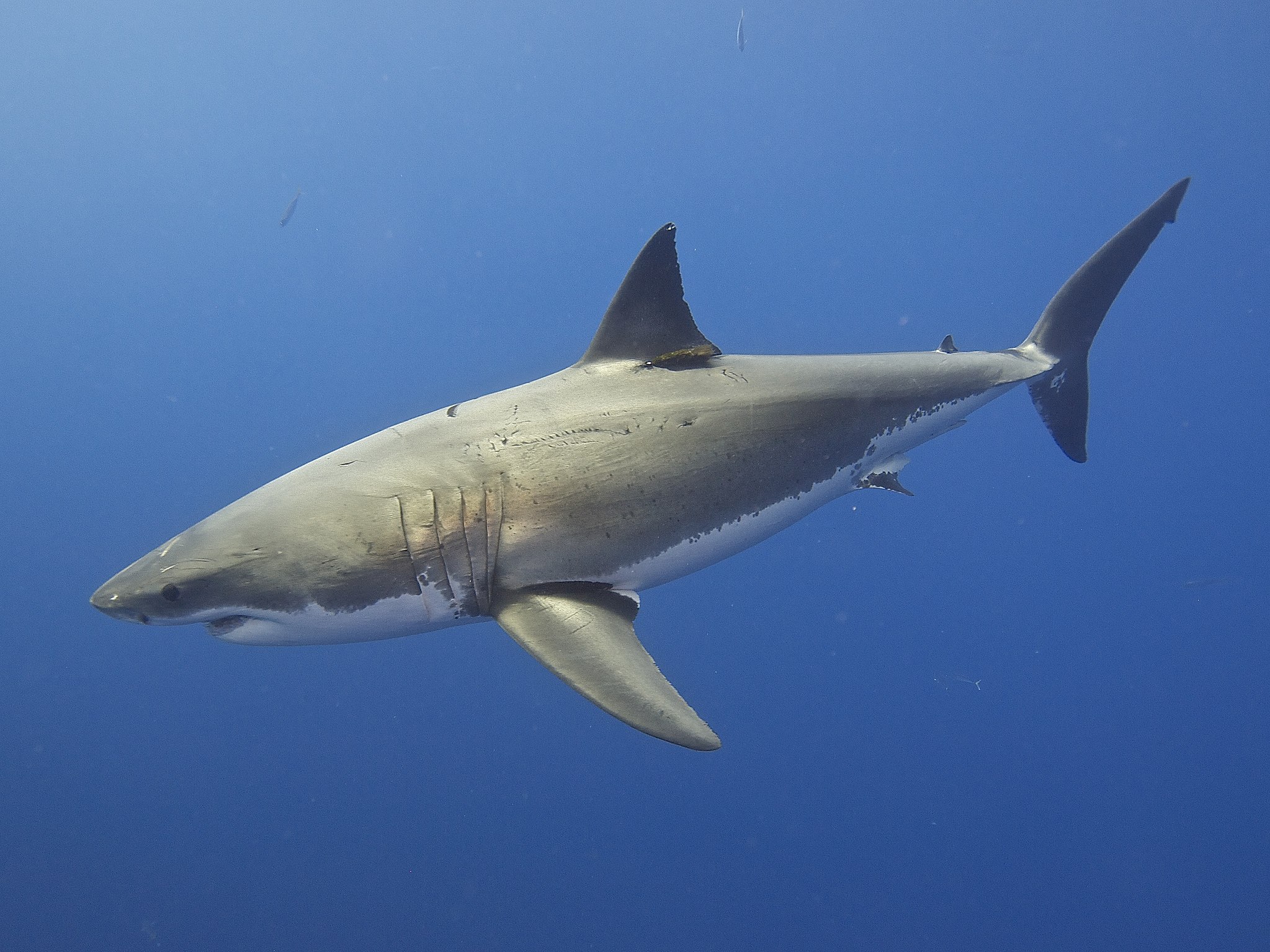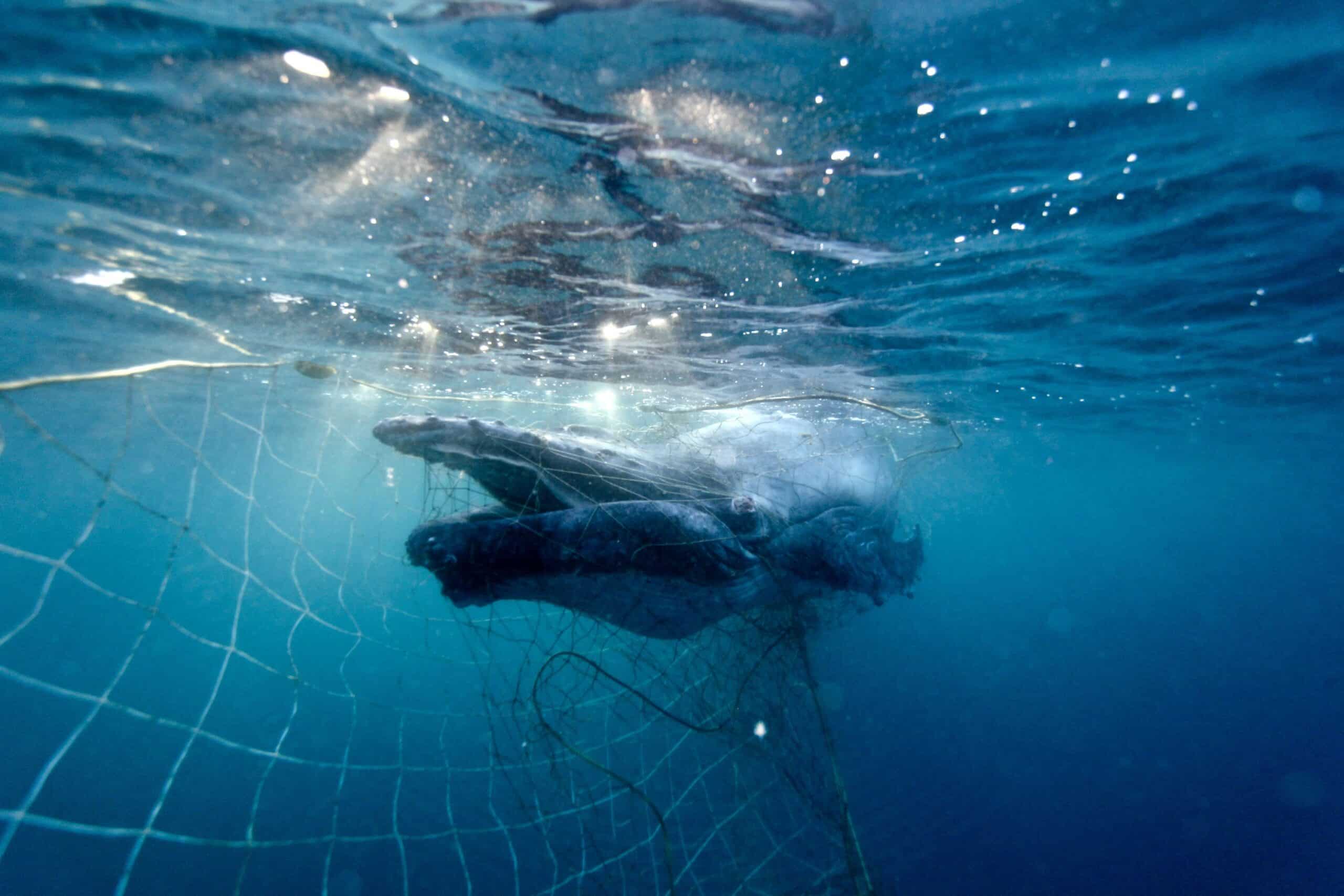Research shows that Australia’s great white sharks are highly related to each other and may consist of fewer than 500 breeding animals. SYDNEY, 24 June 2025: Latest research has found Australia’s great white shark population is much smaller than expected, increasing their vulnerability to further population threats. The population...
This week HSI interviewed the amazing Laurelle Usher, a qualified nutritionist (Bachelor of Heath Science – Nutritional Medicine) and busy mother of one very active toddler.
We asked Laurelle to give us the low down on the nutrition basics of meat free eating, as well as the perks of cutting back meat intake. Laurelle has also shared a special toddler-approved meat free recipe with us today!
1. How long have you been interested in sustainable eating?
I’ve had an interest in sustainable eating for many years and have always tried to source ethically treated animal products.
With a young child, recently, I’ve realised that my family have fallen into a pattern of making sure that there is always something ready that she will eat. For her, the easy choice has been meat. This has meant that we have been eating more meat than I’d like. To combat this, I substitute some of the meat with plant-based products.
Where possible I vote with my wallet and support locally sourced sustainable organic brands when choosing animal products.
2. How has your family taken to eating less meat?
We aim to have at least one or more meat/fish-free dinners a week. Typically, we only eat meat or fish in the evening, with the other meals being plant-based. I have been reducing the meat content and increasing the plant-based content of some meat meals. For example, meat tacos in our house are now are 1/4 beef, 1/4 plant-based mince and 1/2 refried beans. I’ve found that introducing this change gradually has been more successful in the long term.
3. Have you found that expert and medical attitudes are shifting when it comes to the idea of eating less meat?
There is a huge movement within the health industry that is embracing sustainable eating. With all the emerging research surrounding the microbiome, the industry is becoming more aware of just how important the role plants play in our health. My nutrition studies highlighted the health benefits of eating a majority of plant-based foods. Additionally, the EAT-Lancet Commission report Food in the Anthropocene released earlier this year highlights the need for sustainable eating.
The really exciting thing for me is that there is a new generation of doctors such as Hazel Wallace, Sandro Demaio, Will Bulsiewicz, Megan Rossi and Rupy Aujla who are all plant-based advocates and my heroes.
4. What nutrition tips and tricks should we know to make sure we are getting the right nutrients if we are interested in reducing our meat intake?
There are a few key nutrients that are more readily available in meat and animal products. People following a more plant-based approach to eating need to be mindful of. These include (but are not limited to):
Iron – the iron available in plant products is in a form which is not as readily absorbed by the body. It’s important when trying to maintain iron levels through non-heme iron (the plant form) that you don’t eat competing minerals such as calcium (eg dairy products) at the same time. Plans can also contain substances that make minerals harder to access. For example, spinach is known as a source of iron, however, it also contains oxalate. The oxalate in spinach binds to iron (and calcium) and blocks absorption, resulting in little iron being absorbed from spinach.
Vitamin B12 –this is an important nutrient to be aware of for anyone who is looking at changing to a plant-based diet. B12 is only available through food from animal sources – including dairy and eggs.
Choline – while choline is available in plant-based products, it needs to be consumed in significant amounts to achieve the recommended daily intake (e.g. 1 cup of brussel sprouts which is a rich plant-based source provides less than 20% of the RDI). Choline plays a similar role to folate and is particularly important in preconception, pregnancy and lactation.
Glycine – glycine is an important nutrient for growth and development, and in wound healing. It becomes a ‘conditionally essential’ amino acid in pregnancy, this means that we need to consume it from our diet because we have a much higher need for it as opposed to synthesising (creating) within our bodies. Again, while meat products are the richest source of glycine, it is still available in plant-based products.
5. Do you have any favourite super veg you’d like to spruik right now?
All vegetables are super! Variety in our diet is important, so I don’t like to focus on any one product. The phrase “eat the rainbow” is important for health for two main reasons:
The different colours in fruit and vegetables represent different phytochemicals/ nutrients that the foods contain.
- The microbiome (or beneficial bacteria in our gut) is diverse and needs a wide variety of plant-based foods for its fuel. Eating the same foods all the time may result in some species of bacteria in the microbiome missing out on fuel. This can lead to an imbalance in the bacteria in our gut.
- It’s not only fruit and vegetables that contain fibre and phytonutrients that feed the beneficial bacteria in the microbiome. Nuts, seeds, legumes and wholegrains all also provide fuel for the beneficial bacteria. The more variety of plant-based products, the better for our health.
6. Are there any health benefits to cutting back meat and increasing fruit and vegetable intake?
There are huge nutritional benefits to cutting back on meat and increasing plant-based intake.
By increasing your plant-based intake, you increase the amount of fibre and phytochemicals that you consume. According to a 2018 paper, fibre intake in Australia is inadequate, with less than 20% of Australian adults meeting the suggested dietary target to reduce the risk of chronic disease. Not only is fibre important to help keep you regular, fibre plays a vital role in reducing the risk diseases such as type 2 diabetes, colorectal cancer and cardiovascular disease. I find this statistic quite sobering; our health is in our hands; we just have to make the right choices.
7. Do you have any resources for our supporters on plant based nutrition to share with us today?
There are lots of amazing resources out there, some of my favourites are: Green Kitchen Stories, The Doctor’s Kitchen, Deliciously Ella, Ottolenghi, along with the medicos that I mentioned above (Hazel Wallace, Sandro Demaio, Will Bulsiewicz, Megan Rossi and Rupy Aujla).
8. Do you have a go to/favourite plant based meal/recipe?
We have a couple on high rotation at our home – Spanakopita is a winner, but requires a lot of prep time, vegetable quiches and frittatas are also very popular. For those times when we need dinner in a hurry, we have ‘twirly whirly pasta’ which is one of Ms A’s favourites!
Twirly Whirly Pasta
Ingredients:
- 250 g spelt or pulse pasta
- 2 bunches of Asparagus cut into 2 cm pieces
- 1 head of broccoli cut into florets and stalk grated
- 1 zucchini grated
- 2 cloves garlic crushed
- Handful of pine nuts
- 200 – 250g ricotta
- Large glug of olive oil
- Small amount of milk
Method
1. In a small frypan toast the pine nuts until golden and put aside.
2. Meanwhile fill a large saucepan of water and bring to the boil, add the pasta to cook.
3. During the pasta cooking, add the asparagus and broccoli florets and cook for approx. 3 minutes (tip – I put the veg in a sieve so they are separate from the pasta but still in the water and can be refreshed).
4. Add a small amount of milk to the small frying pan with the pine nuts, bring almost to the boil, add the grated broccoli and zucchini and cook for 2-3 minutes covered then drain.
5. Drain the pasta reserving some cooking water.
6. Heat the olive oil in a pan, add garlic and cook until fragrant (less than a minute).
7. Toss the cooked pasta through and add some of the reserved cooking water to keep loose.
8. Stir through ricotta and add all the veg in.
9. Serve topped with parmesan and pine nuts.

Laurelle runs an Instagram page where she shares all her nutrient dense and delicious meal ideas so head on over and check her out here.


